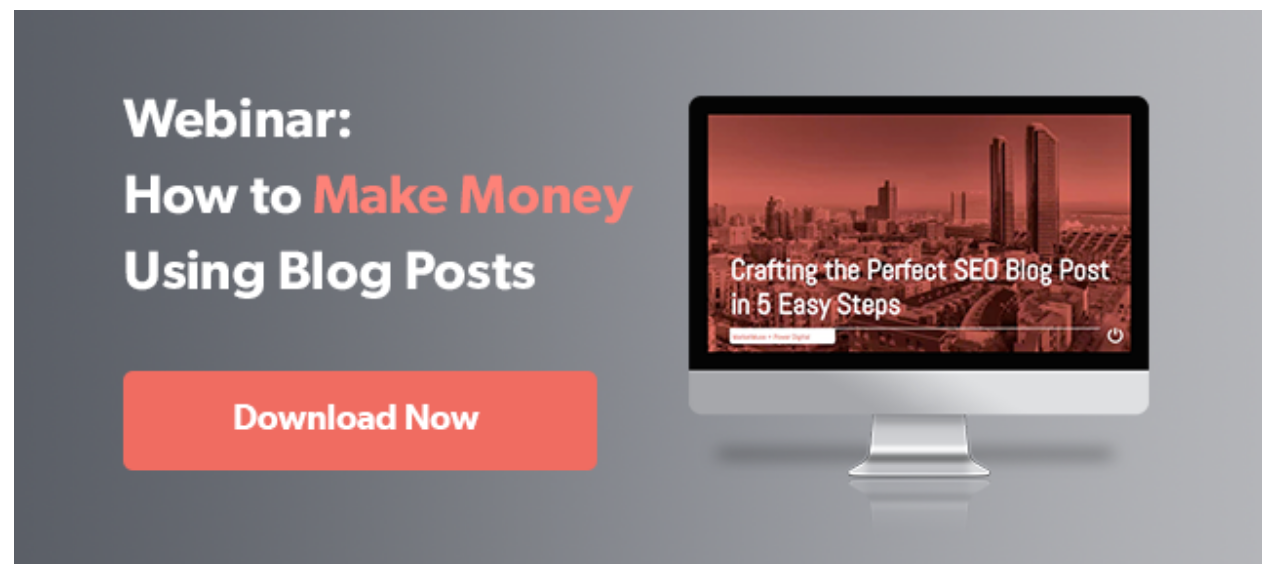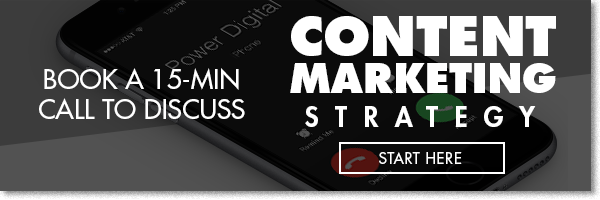How to Write a Newsletter

If you work in the marketing industry, you’re probably familiar with the concept of business newsletters. Falling under the realm of content marketing, email newsletters are a popular tool utilized by many businesses to keep their brand top of mind. So, what makes a good newsletter? And how exactly do you write one? Let’s dive in and take a closer a look.
What is a Newsletter?
A newsletter is a regularly distributed report containing information about the activities of an organization. Usually sent out to potential and existing customers in an attempt to keep a brand on a consumer’s radar, newsletters have been a common business tool for over a hundred years.
Nowadays, newsletters are sent via email to a list of subscribers, but this wasn’t always the case. Traditionally, newsletters were printed and distributed, becoming a prevalent way to deliver business information in the early 1900’s. With the evolution of technology, newsletters evolved as well, eventually moving over to the digital sphere in the form of what we now know as e-Newsletters.
Why Have a Newsletter?
Newsletters are an excellent way to communicate with customers and can do wonders for your brand when used correctly. They can include information about special company announcements, new product launches, special offers or deals, and much more. So why is this so important? All of these announcements prompt your customers to think about your business more than they usually would, thus increasing traffic to your sight, securing more sales, and ultimately boosting customer loyalty.
Tips for Writing a Newsletter
Not all newsletters are created equal! Simply writing a newsletter will not ensure success; you must create something that your customers actually want to see. If you don’t take the time to think strategically, you’ll likely end up hurting your brand more than helping it. Below, I’ve outlined a few tips to help you get started.
Outline Your Goals
Before you write your newsletter, make sure you sit down and clearly outline the goals you are hoping to achieve. This is one of the most important steps as it will guide the direction in which you take your newsletter and help set you up for success. Some common goals of newsletters include increasing site traffic, generating more sales and increasing customer engagement. By taking the time to brainstorm which of these is the most important for your brand, you will help guarantee a more focused and effective newsletter.
Catch Their Eye
People receive hundreds of emails a day, so it’s up to you to make yours stand out. The first and possibly most important step in making your emails stand out are effective headlines. If your customer doesn’t open your email, it won’t matter how amazing the actual newsletter is because they won’t see it. Creating a lively and intriguing headline gives you the best chance of catching their eye and getting them to open your newsletter. Try to keep the email subject lines relatively short so that recipients can read the whole subject line on whatever device they are using.
Once you’ve successfully caught your customer’s attention, it’s imperative that you keep it! Utilizing effective images is one method that has proven to be very successful. People don’t want to read a wordy and text-heavy email. By inserting a few photos, you can break up the text and are more likely to keep your reader’s attention because it’s easier to read as well. That said, don’t put a random photo in your newsletter just for the sake of having a picture. Doing this may end up hurting your credibility more than if you had just left it out.
Be Straightforward and Concise
As I mentioned before, most people aren’t fans of text-heavy content. People want their information quickly and concisely, and if you send them an essay, you can bet they won’t take the time to read it. When writing a newsletter, be as straightforward as possible and focus on the quality of your content. This doesn’t mean your newsletter has to be extremely short; it just means it should communicate everything you want to say without any unnecessary fluff.
In regards to sentence length and tone, try to keep sentences relatively short and avoid passive tone when possible. You want your newsletter to come across as easy to read with a conversational tone. If you fill your newsletter with complex sentences and difficult jargon, your audience will likely be turned off from wanting to read any future emails.
Consistency is Key!
If you want to create a successful newsletter, consistency is key. This applies to the layout and structure of your newsletter, as well as how often you distribute it. When drafting your newsletter, remember to include all of the elements of email design. Pick a layout, font and color scheme, and stick with it! Also, don’t forget to include your logo, phone number, social media links and any other relevant details in every newsletter. By keeping your newsletter design consistent, your customers will come to recognize and appreciate its unique look.
When it comes to distribution, newsletters should be sent out on a regular basis. Once a week is a usually a good general rule of thumb, but it will depend on your company and the goals you hope to achieve with your newsletter. Sending out daily newsletters is almost never a good idea, as you will end up annoying or boring your customers. Timing consistency is also something to consider. Morning is usually agreed to be the best time of day to send out newsletters due to the influx of people who check their email during this time. While it’s important to distribute regularly, don’t send out a newsletter just to send out a newsletter. If you don’t have something to say, don’t say anything at all!
Double Check Spelling & Grammar
Everyone makes mistakes from time to time, but as a whole, your customers expect a professional level of communication. If your newsletter is riddled with grammar and spelling mistakes, it won’t matter how great the content is, your customers will view it as lazy and unprofessional. Don’t let something as silly as forgetting to edit, ruin your newsletter content. Double check and then check again! It never hurts to have an extra set of eyes edit your work.
Don’t Be Too Pushy
We’ve all gotten pushy promotional emails before, and we all know how annoying they can be. While newsletters are a great way to boost sales, no one wants to have sales content repeatedly pushed on them. To achieve the best results, promote your sales content only when you have a particularly great offer. If you continuously send out “great” offers every day, your offers will begin to mean nothing. By utilizing your sales content on occasion, you significantly increase the value of your deals and the likelihood of customers taking advantage of those deals. To avoid pushing sales in all of your newsletters, try educating or entertaining your readers instead. This comes across as more genuine and is more likely to spark reader’s interest.
Give Them the Ability to Customize the Content Sent to Them
Customizable newsletters are becoming more common for a good reason. By giving subscribers the ability to choose what types of deals or information they would like to receive, you reduce the risk of audience fatigue. This gives you a better chance of your recipients opening the newsletter because the customer knows it will be something they want to read.
Wrapping Up
If you look at most successful companies, you will see that almost all of them have business newsletters. And it’s no wonder! With such a useful tool at our fingertips, all businesses should be taking advantage of the powerful benefits newsletters offer. While writing a newsletter may have a bit of a learning curve at first, following these tips will help you get the hang of it in no time. So, what are you waiting for? Start brainstorming and get ready to take your business to the next level!
Our Editorial Standards
Reviewed for Accuracy
Every piece is fact-checked for precision.
Up-to-Date Research
We reflect the latest trends and insights.
Credible References
Backed by trusted industry sources.
Actionable & Insight-Driven
Strategic takeaways for real results.







